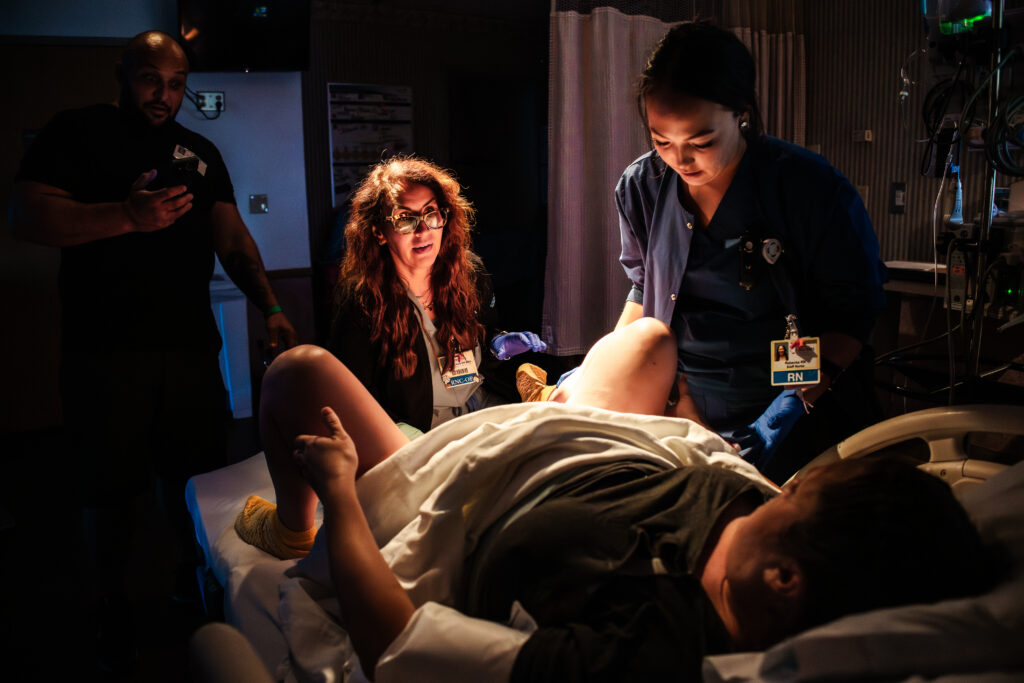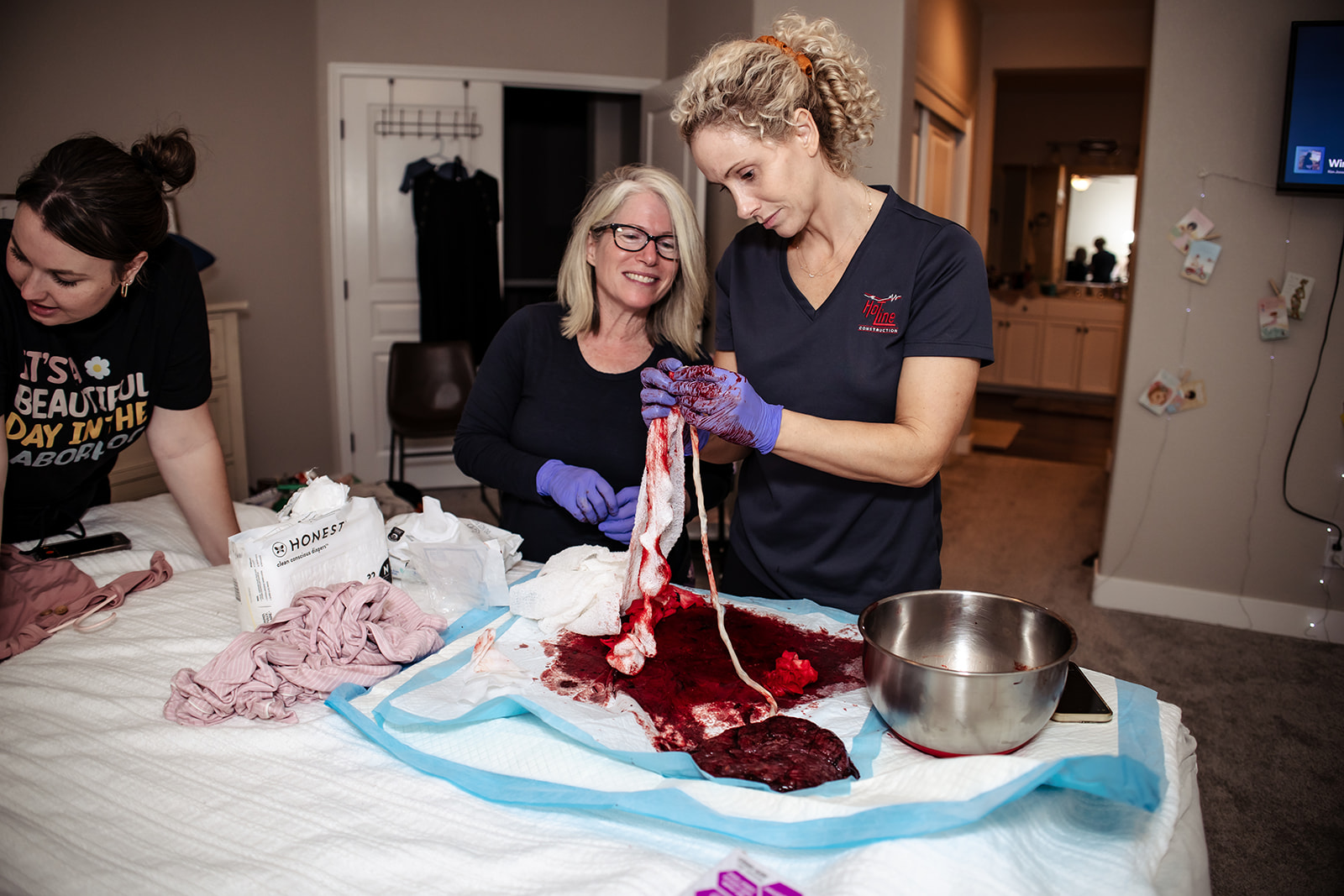After supporting families through pregnancy and birth, I’ve learned that the placenta is truly one of nature’s most remarkable organs. Yet many expectant parents know surprisingly little about this incredible life-sustaining structure that nourishes their baby for nine months. Today, I want to share what I wish every pregnant person understood about their placenta and how its position can influence their birth experience.
What Exactly Does the Placenta Do?
Think of the placenta as your baby’s lifeline—a sophisticated biological system that serves as lungs, kidneys, liver, and immune system all rolled into one. This disc-shaped organ, typically about the size of a dinner plate by full term, attaches to your uterine wall and connects to your baby through the umbilical cord.
The placenta performs several critical functions throughout pregnancy. It transfers oxygen and nutrients from your bloodstream to your baby while removing waste products like carbon dioxide. It produces essential hormones including progesterone and estrogen that maintain your pregnancy and prepare your body for breastfeeding. Perhaps most impressively, it acts as a selective barrier, allowing beneficial substances to pass through while blocking many harmful toxins and bacteria.
What amazes me most is how the placenta essentially becomes a temporary organ that your body creates specifically for this pregnancy, then releases when its job is done. No two placentas are exactly alike, and each one is perfectly designed for the baby it’s supporting.
Where Your Placenta Sets Up Shop
The location where your placenta implants and grows can vary significantly from pregnancy to pregnancy. During my time practicing as a doula, I’ve seen how these different positions can create unique considerations for each birth. Let me walk you through the most common placental positions and what they might mean for your pregnancy journey.
Anterior Placenta: The Front Row Seat
When your placenta attaches to the front wall of your uterus (the side closest to your belly), it’s called an anterior placenta. This happens in about 50% of pregnancies, making it the most common position.
If you have an anterior placenta, you might notice that you feel your baby’s movements a bit later in pregnancy—usually around 20-22 weeks instead of 18-20 weeks. Don’t worry; your baby is moving just as much as any other baby. The placenta is simply acting like a cushion between your baby and your belly, muffling those early flutters and kicks.
From a birth perspective, an anterior placenta typically doesn’t create any complications. However, it can sometimes make it trickier for your healthcare provider to monitor your baby’s heartbeat during labor, and it might affect the accuracy of certain prenatal tests like amniocentesis.
Posterior Placenta: The Back Wall Beauty
A posterior placenta attaches to the back wall of your uterus, closer to your spine. Parents with posterior placentas often feel their baby’s movements earlier and more intensely since there’s less cushioning between baby and belly.
One thing I’ve observed with posterior placentas is that they may contribute to more noticeable back labor, especially if your baby is also in a posterior position (facing forward instead of backward). The combination can create more pressure on your lower back during contractions. This doesn’t mean your labor will be more difficult, but it might feel different, and positions that open your pelvis and encourage your baby to rotate can be particularly helpful.
Fundal Placenta: The Penthouse Position
When the placenta attaches to the top portion of the uterus (the fundus), it’s called a fundal placenta. This is generally considered an ideal position since it’s well out of the way of your cervix and birth canal. Fundal placentas rarely cause complications and often allow for very straightforward vaginal deliveries.
Lateral Placenta: The Side Story
Sometimes the placenta attaches to the right or left side of the uterus. Like fundal placentas, lateral positions are typically uncomplicated and don’t significantly impact your birth plan options.
When Position Becomes a Concern
While most placental positions are perfectly normal, there are a couple of situations that require special attention and monitoring.
Placenta Previa: When the Placenta Covers the Exit
Placenta previa occurs when the placenta partially or completely covers the cervix—essentially blocking the baby’s exit route. This happens in about 1 in 200 pregnancies. Early in pregnancy, a low-lying placenta is fairly common, but as your uterus grows, the placenta usually “migrates” upward, moving away from the cervix.
If you’re diagnosed with placenta previa, especially in the third trimester, your healthcare team will likely recommend avoiding activities that might trigger bleeding, such as vigorous exercise or intercourse. Most cases of complete placenta previa require a cesarean delivery for safety, but partial previa sometimes allows for vaginal birth depending on the specific circumstances.
Placenta Accreta: When Attachment Goes Too Deep
In rare cases, the placenta attaches too deeply into the uterine wall, a condition called placenta accreta. This can make delivery of the placenta after birth complicated and may require special surgical intervention. While uncommon, it’s more likely to occur if you’ve had previous cesarean sections or uterine surgeries.
What This Means for Your Birth Plan
The beautiful thing about birth is that your body is designed to work with whatever placental position nature has given you. Most placental positions don’t require changes to your birth preferences, though some might influence certain decisions.
If you’re hoping for a natural birth with minimal interventions, discuss with your provider how your placental position might affect monitoring options during labor. Sometimes an anterior placenta makes external fetal monitoring less reliable, which might mean your team recommends internal monitoring if concerns arise.
For those considering a home birth or birth center delivery, placental position is one of many factors your midwife will consider when determining if you’re a good candidate for out-of-hospital birth.
Trust Your Body’s Wisdom
After all my time witnessing the miracle of birth, I’m continually amazed by how perfectly our bodies adapt to support new life. Your placenta will do its job beautifully, regardless of where it has set up residence in your uterus.
If you have questions about your placental position, don’t hesitate to discuss them with your healthcare provider. Understanding your unique pregnancy helps you feel more confident and prepared for the incredible journey ahead. Remember, knowledge is power, but trust in your body’s innate wisdom is just as important as you prepare to welcome your little one.

Like this article? Feel free to check out some others here:
